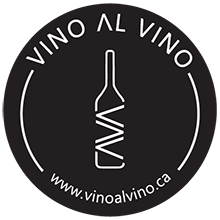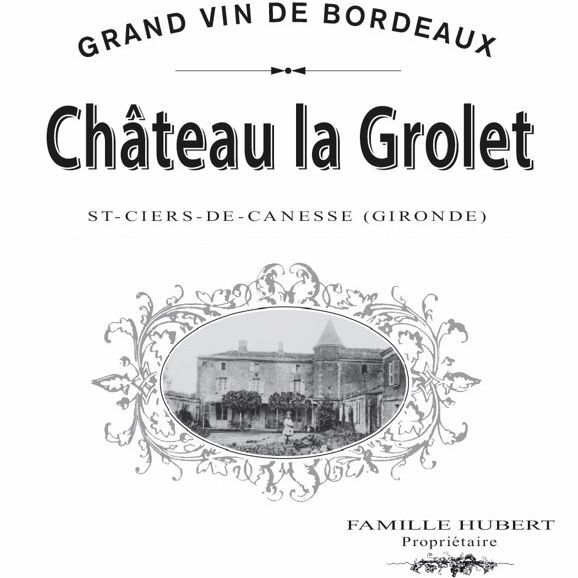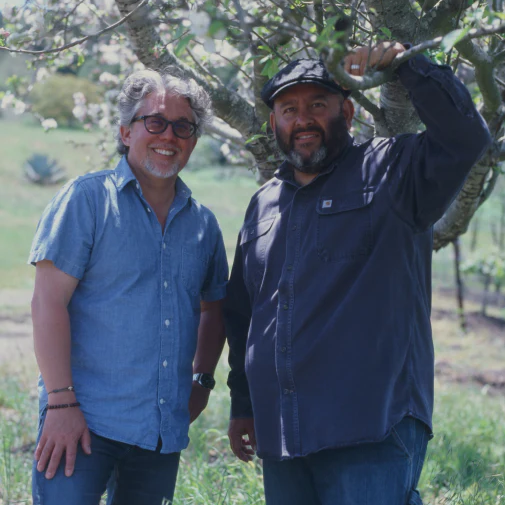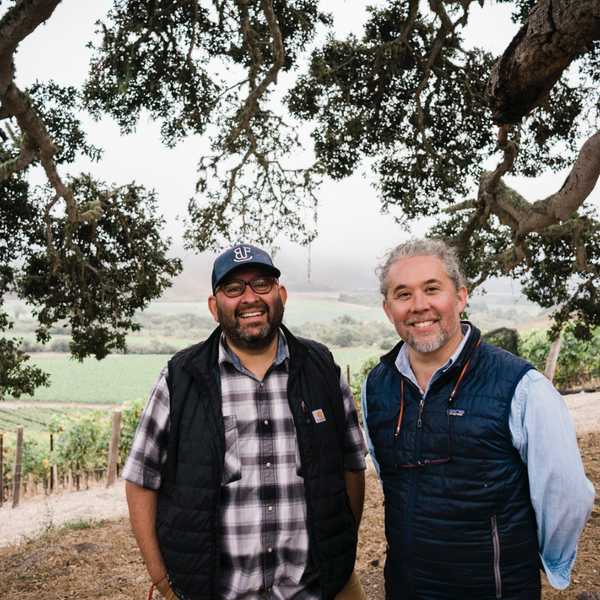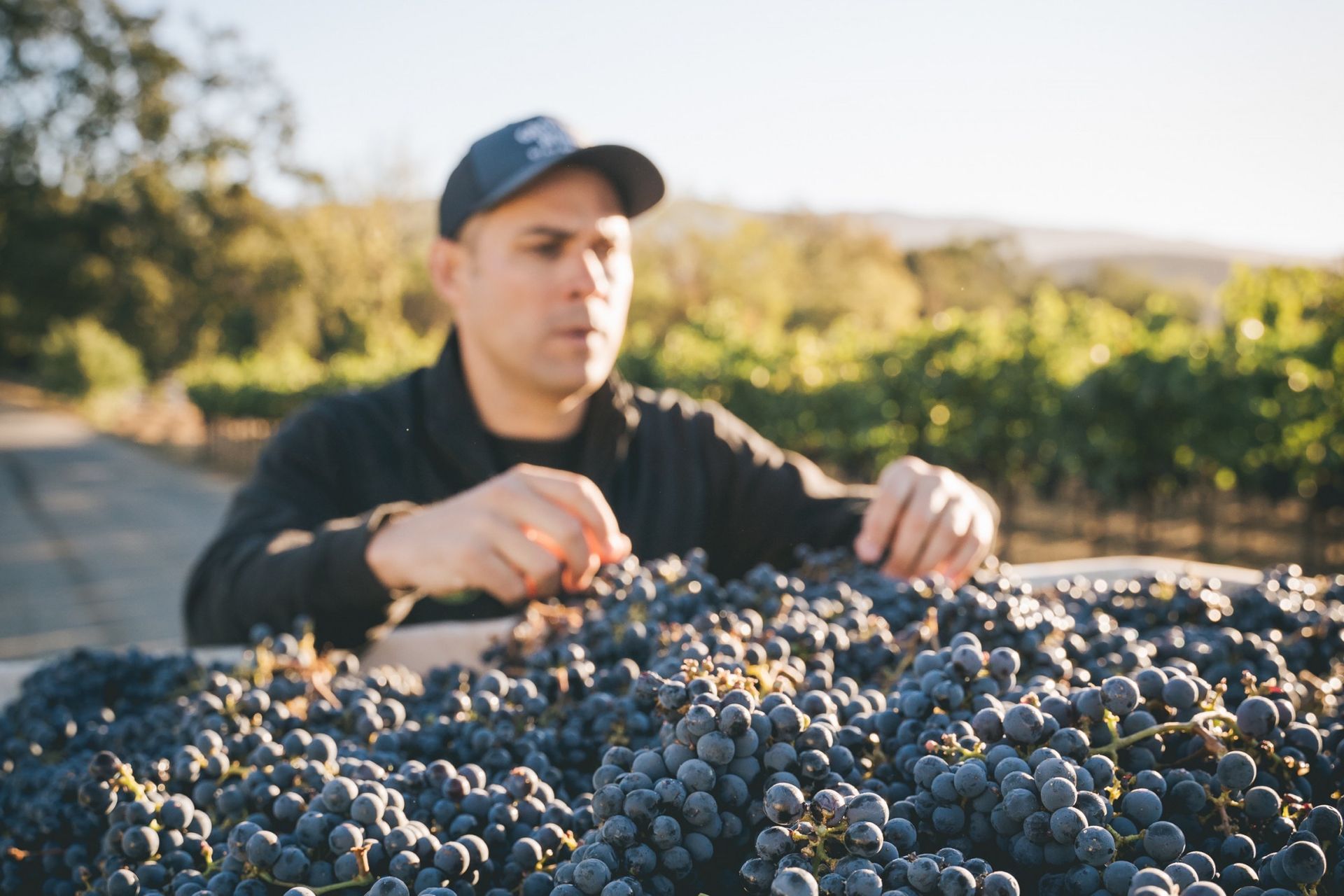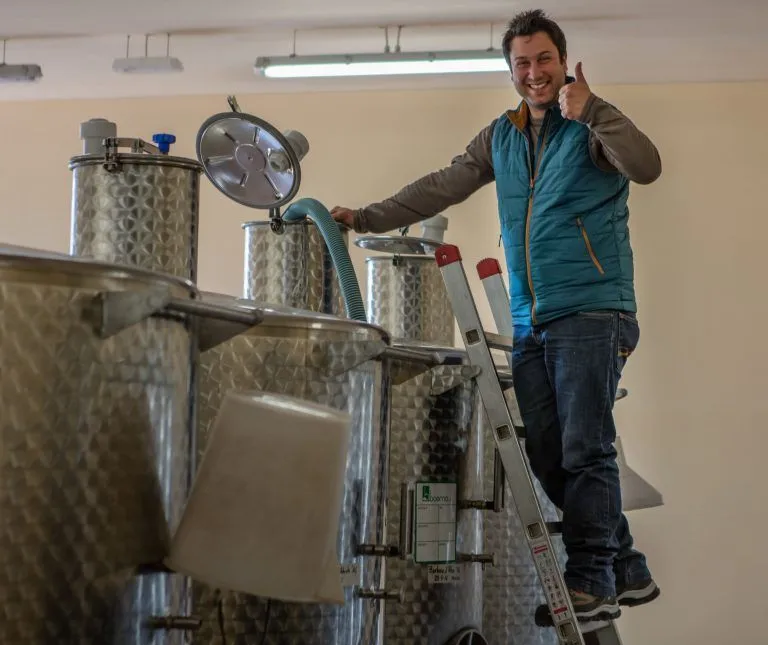Bourg, Bordeaux, France
Take a drive through the Côtes de Bourg area, within the right bank of the Gironde estuary, and you'll find
Château La Grolet, a special wine estate that feels like stepping back in time. This property, located in the Bordeaux region, covers 50 hectares (about 124 acres), with most of it - 38 hectares - filled with grapevines growing around an old manor house built in the 1600s. When the Hubert family bought the place in 1997, they set out to change how the wine was made, focusing on natural farming methods that work with nature rather than against it.
History
The story of the Château La Grolet began in 1997 in Cotes de Bourg, when Jean-Luc and Catherine Hubert became the new owners. They completely changed how the vineyard worked, switching to natural farming methods that protect the environment and keep the soil healthy. Their children later joined the family business, each bringing their own skills. Guillaume, who studied environmental science, started helping in 2007, and Rachel, who used to work as a pharmacist, came aboard in 2012. Having different generations work together helps keep old wine-making traditions alive while bringing in new ideas.
Terroir
The vineyard sits on hillsides where the soil is a mix of stones and clay - perfect for growing wine grapes. This special soil, coupled with the influence of the Atlantic Ocean helps grow the main grape types used in the Bordeaux wines of this Chateaux (Merlot, Cabernet Sauvignon, Cabernet Franc, and Malbec). as well as other grape varieties typically used in Bordeaux white wines, like Sauvignon Blanc. The vineyard is full of life, with different plants and helpful insects making their home there. This natural variety helps make their wines taste more interesting and pure.
Winemaking Approach
At Château La Grolet, they believe in letting nature do most of the work when making wine. Since 2000, they've been certified by Demeter, which means they follow strict rules for natural farming. They use natural yeasts that already live in the vineyard to turn grape juice into wine, and they add very little sulfur - just enough to keep the wine stable. The wine ages in concrete tanks and wooden barrels that help maintain the right temperature, letting the grapes' natural flavors come through.
Their main wine shows off what makes their vineyard special. It's a mix of different grapes: mostly Merlot (70%), with some Cabernet Sauvignon (15%), Cabernet Franc (10%), and a touch of Malbec (5%). They don't try to make too much wine from their vines - they get about 25 hectoliters per hectare, which is fairly low. This means each grape has more flavor, and every bottle really shows what makes their piece of land unique. The result is wine that truly represents both their land and their careful way of working.
Grapes of Château La Grolet
When wine lovers talk about what makes Château La Grolet's vintages special, it all comes down to their masterful blend of four classic Bordeaux grape varieties. Each grape variety brings something different to the assemblage: Merlot, Cabernet Sauvignon, Cabernet Franc, and Malbec. The way these grapes work together in the final blend creates wines with real personality and depth.
Merlot
Merlot dominates the blend at 70%, and for good reason. In the glass, it offers what wine experts call "primary aromas" of fresh red fruits - think of the smell of ripe cherries and juicy plums. Its natural characteristics include soft tannins and a smooth mouthfeel. During vinification, Merlot shows why it's the estate's favorite grape - it creates wines that are full of fruit flavors but still balanced and elegant. The must from these grapes helps create the wine's core personality.
Cabernet Sauvignon
Making up 15% of the wine, Cabernet Sauvignon is crucial for what winemakers call the wine's structure. During maceration, it develops strong flavors of blackcurrant and blackberry, with subtle spicy notes in the bouquet. The firm tannins of these grapes tend to give the wine good aging potential, meaning it can develop nicely in the cellar. The berries of Cabernet Sauvignon are smaller than Merlot's, with thicker skins that add color and flavor during extraction.
Cabernet Franc
At 10% of the cuvée, Cabernet Franc plays an important role in the wine's aromatic profile. When you do a proper wine tasting, you'll notice it adds floral scents like violet, along with what wine experts call "herbaceous notes" - think garden herbs and fresh bell pepper. During fermentation, these aromas blend perfectly with the fruit from Merlot and the structure from Cabernet Sauvignon. The press wine from Cabernet Franc adds extra layers of flavor to the final blend.
Malbec
Though it's just 5% of the assemblage, Malbec is essential for the intensity and color extraction of red wines. Its small, dark berries create a deeply colored must with rich flavors of blackberry and plum. During vinification, Malbec helps develop a "velvety texture" and adds more depth to the palate. The free-run juice from Malbec grapes is particularly valued for its concentration.
Wines of Château La Grolet
In Château La Grolet, making wine isn't just a job - it's a family passion. The Hubert family tends their vines following nature's calendar, using biodynamic farming (think organic-plus) to create Côtes de Bourg wines that showcase what this special place can do. And the 2022 Côtes de Bourg AOC is an amazing example of what we are talking about.
2022 Côtes de Bourg AOC
Pour yourself a glass of their 2022 vintage, and you'll see what wine critics are getting excited about. This wine is like a perfect mix of old-school Bordeaux wisdom and fresh thinking, all while keeping things natural. Take that first sip, and wow - there's a lot going on! The tannins will remind you of rich cocoa powder. Then there's this explosion of super-fresh blackberries, like you just picked them yourself. Mix in some garden-fresh thyme and that green snap of crushed currant leaves, and you've got a wine that makes you want to keep sipping just to discover what else is hiding in there.
Here's the cool thing about this wine - it's like a time machine in a bottle. Sure, it's delicious right now (especially if you decant it for a bit), but it's also built to last. Tuck it away in your cellar, and it'll keep getting more interesting for the next 10-15 years. That's what great Bordeaux does - it just keeps evolving and surprising you.
What really makes this wine a winner is how it plays both sides of the field. It's what wine folks call a Right Bank Bordeaux style - smooth and friendly enough for a casual dinner, but with enough pizzazz to impress the wine geeks. It's got this fantastic brightness that keeps your taste buds on their toes, making everything taste clean and fresh.
The Huberts have knocked it out of the park again with this vintage, making a wine that tastes way fancier than its price tag suggests. Every time you pop open a bottle, you're not just getting wine - you're getting a taste of their dedication to doing things right. Whether you're drinking it tonight with dinner or saving it for a special occasion down the road, this is the kind of wine that makes any moment feel like a celebration.
Wines by this Producer
News, Views and Happenings from Vino al Vino
New Paragraph
Contact Us
We will get back to you as soon as possible.
Please try again later.
*You are consenting to receive marketing emails from us. You can revoke your consent at any time by unsubscribing.
2014 - 2025 © All Rights Reserved Vino Al Vino Inc.
